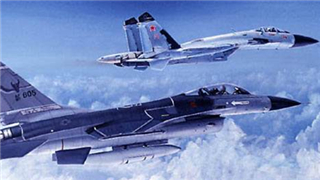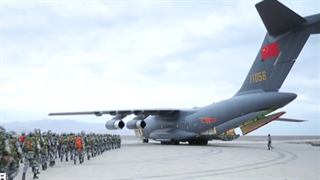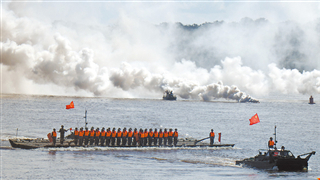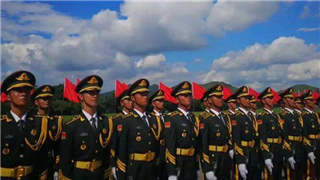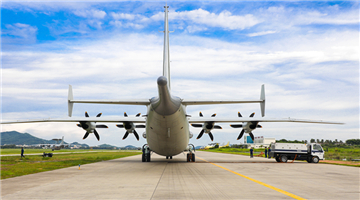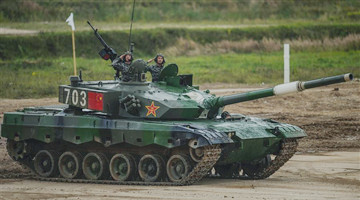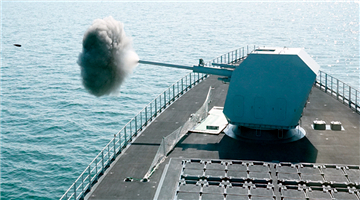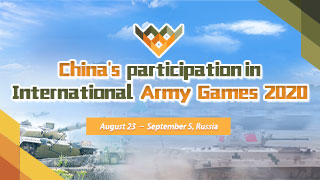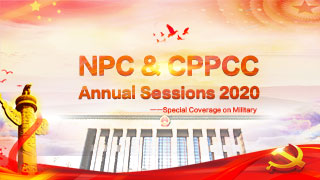
By Zhao Guojun
Four US military personnel were injured when their vehicle clashed with a Russian military armored vehicle in northeastern Syria on August 25, the second such clash between the two countries in Syria since February this year, and the first time American personnel were injured. On the surface, the clash seems to be an accident arising from the tense encounter between American and Russian front-line troops, however, it actually reflected the deep-rooted, irreconcilable strategic conflicts between Washington and Moscow.
Since the end of the Cold War, the US has been squeezing the strategic space of Russia by pushing NATO’s eastward expansion. Since the “reset” strategy aimed at recalibrating the US-Russia relation during Obama’s term didn’t succeed, the US and NATO under its lead have stepped up the strategic suppression of Russia after the Ukraine crisis in 2014. Although Trump hoped to ease the relation with Moscow after taking office, the US’ National Security Strategy and National Defense Strategy have both regarded Russia as a chief threat to American security.
Washington has continuously intensified the sanction and containment of Russia leveraging such issues as the Ukraine crisis, Iranian nuclear deal and Russia’s natural gas pipelines, and has kept sending military ships and aircraft to conduct close-in reconnaissance of Russia. Recently it decided to send about 1,000 more troops to Poland, whose new National Security Strategy issued in May this year was directly targeted at Russia. These moves made by the US were a continuation of its policy of squeezing Russia’s strategic space.
On the Syrian issue, although the US and Russia have common interests in combating the extremist “Islamic State”, they also face significant conflicts over geopolitical interests. Syria is a strategic springboard for Russia to get involved in the Middle East and it still maintains naval and air bases there. While Moscow consistently supports the Bashar Assad regime, Washington has spared no effort in backing the anti-government armed forces in Syria, even indulging their extremist sects. Under such circumstances, there is hardly any mutual trust between the American and Russian military forces in Syria, and the military vehicle clashes are nothing but logical consequences of the strategic confrontation between Washington and Moscow.
Nevertheless, the subsequent development of the military vehicle clash was intriguing. The US vehicles left the site soon afterwards even though the US side was bent on pinning the blame on the other side, and it tried to downplay the aftermaths by calling the incident an issue between the multinational forces and the Russian troops that were jointly fighting IS, rather than one between American and Russian troops. Senior officials of the two militaries talked over the phone to keep the situation from getting out of control, which indicated that neither side was willing to let the incident escalate their strategic confrontation. US White House National Security Council spokesperson John Ullyot said in a statement that neither the multinational forces nor the US wanted to see escalated conflict with any country’s military forces.
An important reason why the US downplayed the vehicle clash was that its NATO allies had serious divergences on the stance toward Russia. While members like Poland hope to counter Russia through NATO, countries like France and Germany still wish to strike some kind of balance with Moscow regarding security concerns and economic interests, especially energy interests, as demonstrated by Berlin’s recent condemnation of Washington’s sanctions against the Nord Stream 2 pipeline project.
Meanwhile, the political factors within the US have dampened the fermentation of this incident. Desperate to win re-election, Trump needs not only to pacify the opposition forces at home and refute the Democratic candidate Biden’s accusation of him being soft on Russia, but also refrain from being too taking a tough line against Russia as that may worsen bilateral ties, which would be interpreted as his failure on Russia. Therefore, Washington really finds itself in a hard position as it has to remain tough on Russia while keeping the US-Russia relationship from derailing at the same time.
It must be pointed out that although the military vehicle collision may be resolved peacefully, similar incidents will likely happen again as long as the deep-level strategic confrontation between the US and Russia is not fundamentally eliminated, and the strategic stability in relevant regions won’t be fundamentally guaranteed either.
(The author is from the Institute of International Relations of the Shanghai Academy of Social Sciences.)
